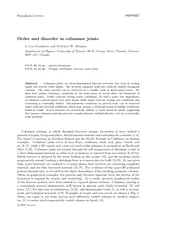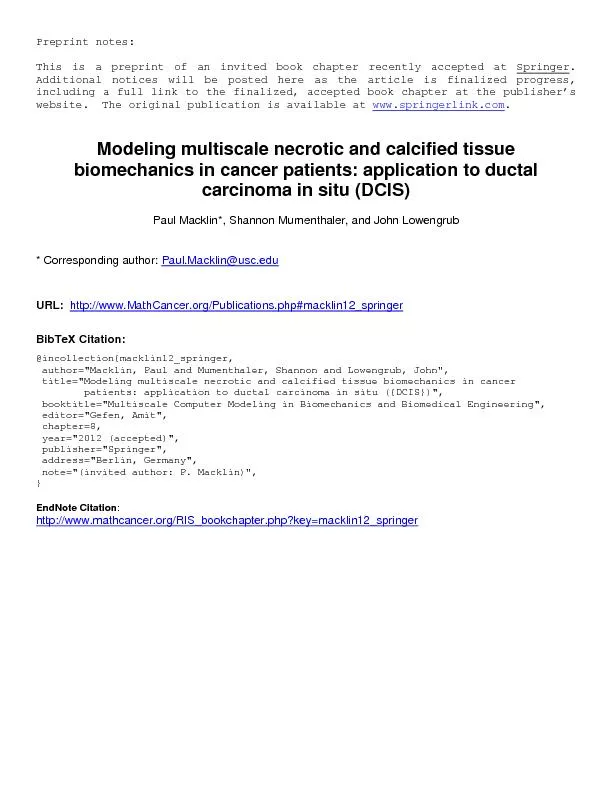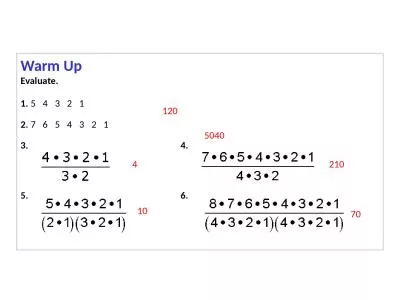PDF-Europh ysics Letters PREPRINT Order and disorder in co
Author : alida-meadow | Published Date : 2015-05-17
Morris Dep artment of Physics University of or onto 60 St Ge or ge Str et or onto Ontario M5S 1A7 Canada CS 4570Qj pattern formation CS 6220Mk atigue brittleness
Presentation Embed Code
Download Presentation
Download Presentation The PPT/PDF document "Europh ysics Letters PREPRINT Order and ..." is the property of its rightful owner. Permission is granted to download and print the materials on this website for personal, non-commercial use only, and to display it on your personal computer provided you do not modify the materials and that you retain all copyright notices contained in the materials. By downloading content from our website, you accept the terms of this agreement.
Europh ysics Letters PREPRINT Order and disorder in co: Transcript
Download Rules Of Document
"Europh ysics Letters PREPRINT Order and disorder in co"The content belongs to its owner. You may download and print it for personal use, without modification, and keep all copyright notices. By downloading, you agree to these terms.
Related Documents














